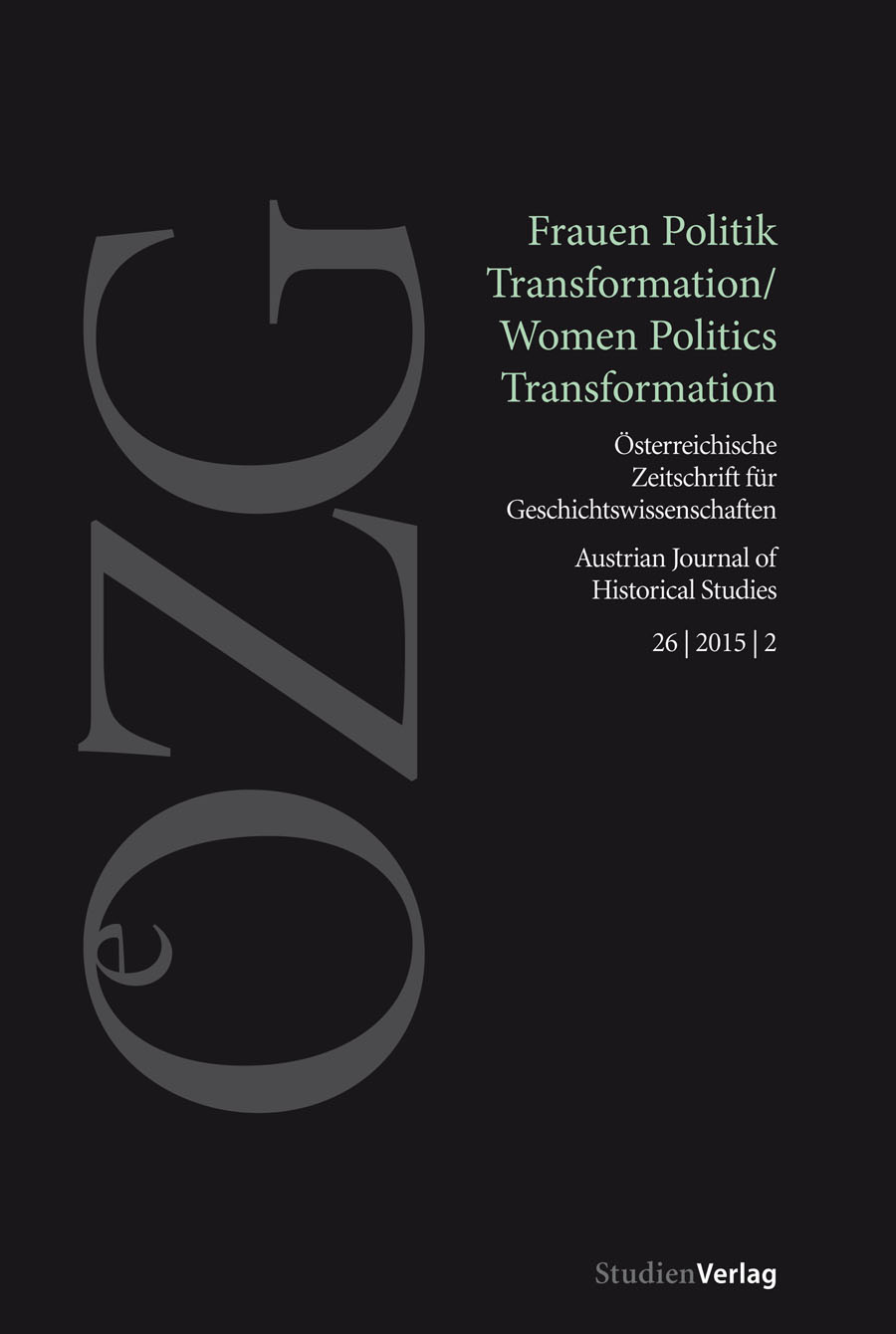Das Frauenstimm- und Wahlrecht in der Schweiz 1848–1971
DOI:
https://doi.org/10.25365/oezg-2015-26-2-2Schlagworte:
Swiss women’s movement, female suffrage, conceptions of democracy, gender order, masculinity, political strategiesAbstract
By focusing on the belated introduction of female suffrage in Switzerland, this article looks at how the political exclusion of half of the Swiss population was normalised. It argues that, notwithstanding its singularity, the Swiss case highlights some of the main mechanisms, practices and legitimisation strategies used to withhold political rights from women in modern society. The long time span between the introduction of male suffrage in 1848 and the introduction of female suffrage in 1971 raises the question of how such an exclusion could be maintained, particularly in the face of the tendency towards democratisation in the post–1945 world. Pursuing a loose chronological narrative, the author discusses the explanatory arguments of six types of socio-historical approaches to the question. Together, they provide evidence of what was at stake for the official gender scripts in the debates about a reconfiguration of the conception and practice of democracy.


